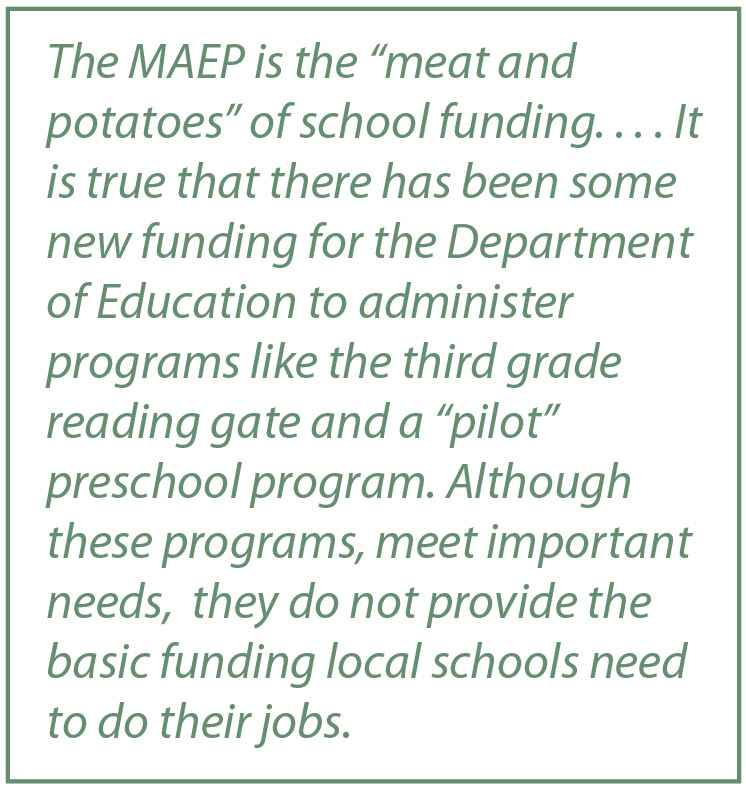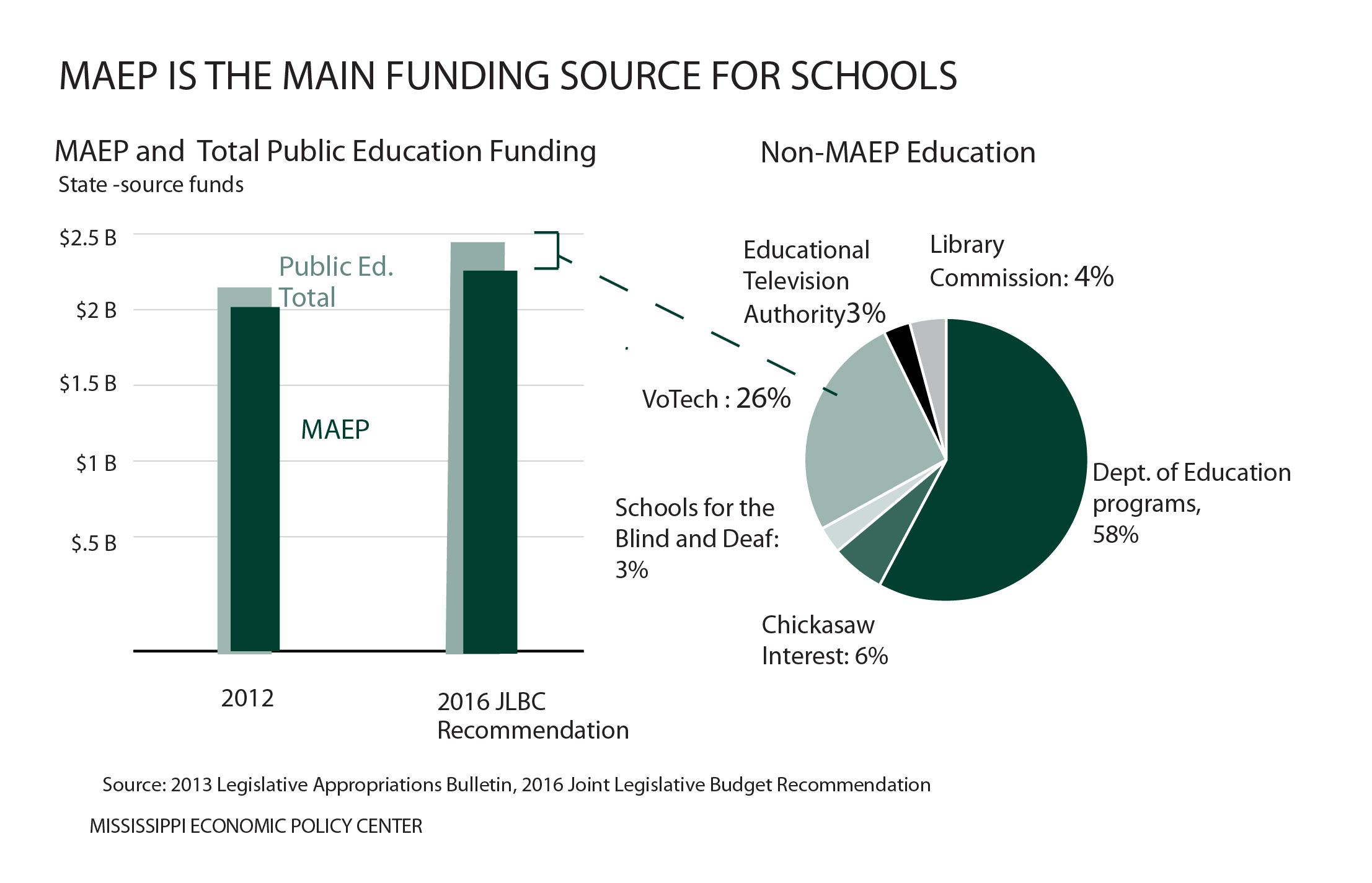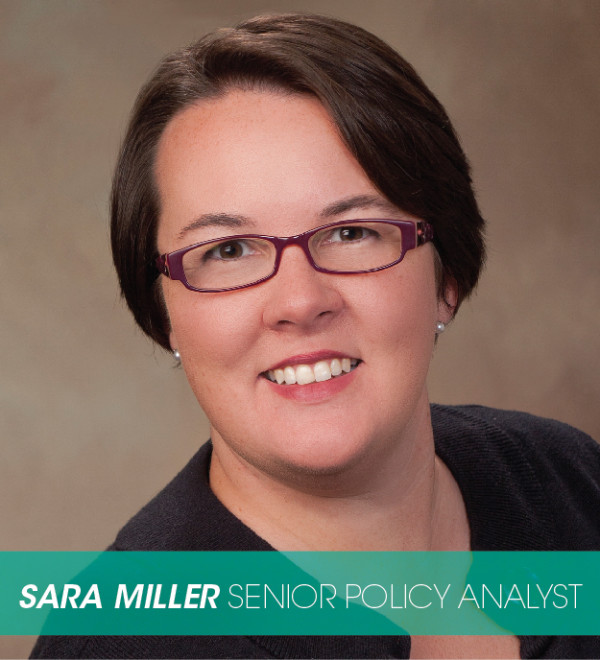2016 Budget Recommendations Shortchange Schools and Medicaid
December 17th, 2014
Last week, we posted a summary of the Joint Legislative Budget Committee’s (JLBC) budget recommendation. The recommendation includes cuts to most state budget categories despite revenue growth and full reserves. The recommendation will serve as a starting point. Legislators may decide to appropriate additional funds if the state receives more revenue than expected and/or forgo the 2% of revenue they are required to set aside.
If more funding is allocated, two areas that will need increased funding are K-12 schools and Medicaid.
One of many areas that need more investment is school funding. Public education funding in Mississippi includes state support for local schools (administered through the Mississippi Adequate Education Program or MAEP), funding for the State Department of Education, Schools for the Blind and Deaf, Vocational Education, Chickasaw School Fund, Educational Television Authority, and Library Commission. The MAEP is the “meat and potatoes” of school funding. It, along with local taxes, and some federal grants pays for day-to-day costs in the classroom. It has been said that while the MAEP has not been fully funded, there have been increases in other education funding programs. It is true that there has been some new funding for the Department of Education to administer programs like the third grade reading gate and a “pilot” preschool program. Although these programs meet important needs, they do not provide the basic funding local schools need to do their jobs. The figure below shows public education funding, both MAEP funding and non-MAEP education funding for 2012 compared with the recommended figure for 2016. Increases in non-MAEP education funding do not make up for the underfunding of the MAEP. The 2016 recommended level, if enacted, would underfund the program by $280 million. The increase in non-MAEP programs from 2012-2016 as recommended would be less than $55 million.
Another area that will need more funding is Medicaid. The Division of Medicaid cannot always accurately predict the amount needed to cover expenses from year to year. Because of this, Medicaid often must ask for a deficit appropriation. A deficit appropriation provides funding during the budget year to make up for a budget shortfall. Current funding recommendations which include level funding (the Governor’s plan) and funding cuts (as in the JLBC budget) combined with an increase in Medicaid enrollees by 60,000, almost ensure a need for a large deficit appropriation.
MEPC will be monitoring budget debates and will provide updates throughout the session on these and other budget areas.










